
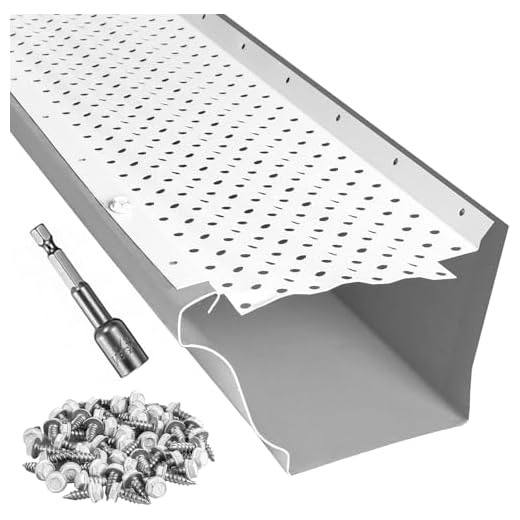
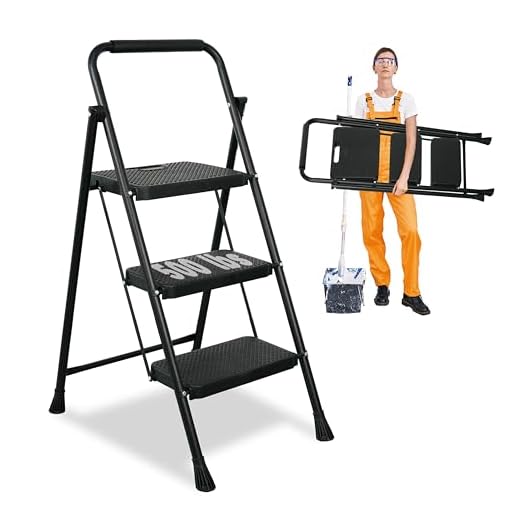
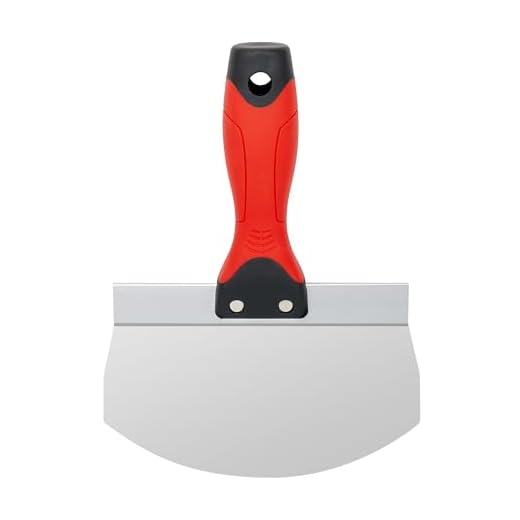
A simple tool that has proven invaluable in this task is a basic garden trowel. This humble implement makes it easy to scoop out leaves, twigs, and other debris that accumulate over time. Start at one end, using the trowel to dig into the muck and pulling out clumps to clear a path for water. Regularly empty the trowel into a bucket to minimise mess and streamline the process.
After the bulk is removed, a high-pressure hose can serve as a beneficial aid. By aiming the hose at an angle, I can wash away any remaining residue. It’s essential to direct the stream away from yourself to avoid unnecessary splatter. If the flow seems sluggish, check the hose for kinks and ensure the nozzle is clean for optimal performance.
For stubborn blockages, a plumber’s snake can be a lifesaver. Insert it into the downspouts to dislodge hardened material that may resist other methods. This tool is especially effective for tough clogs that require a bit more force. Always proceed gently to avoid damaging the pipes.
Finally, consider using a biodegradable solution mixed with warm water for a deeper clean. This mixture can help break down stubborn grime. Pour it along the length of the channel and allow it to sit for a few minutes before rinsing. This combination not only helps keep the system functioning but also promotes upkeep without harsh chemicals.
Effective Methods for Gutter Maintenance
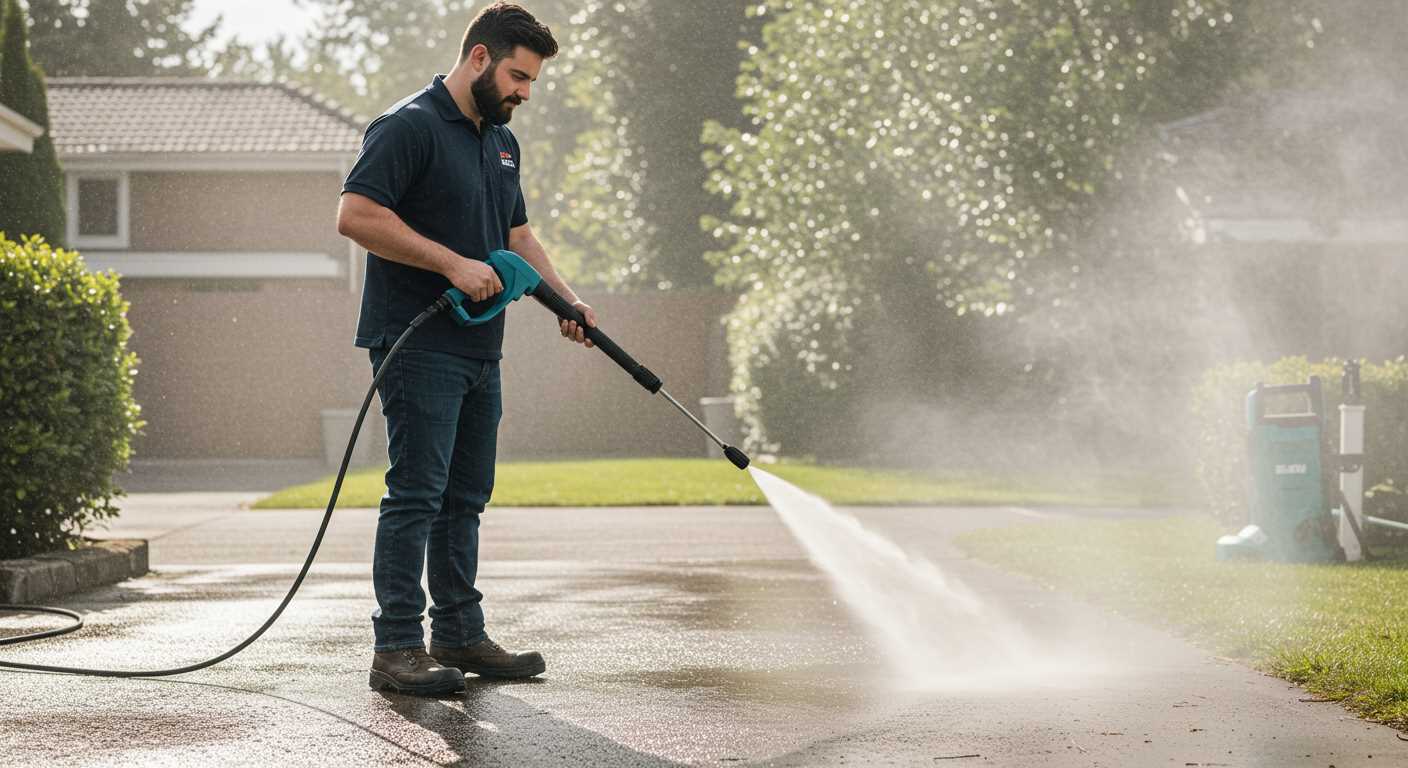
Utilise a sturdy ladder to access your roofline, ensuring stability and safety during the task. A specialised scoop or trowel works wonders for removing debris. Aim to clear any accumulated leaves, twigs, and dirt, ensuring to deposit the waste in a bucket or composting area for easy disposal.
Utilising a Hose for Rinsing
Once debris is removed, a standard garden hose can be instrumental. Attach a spray nozzle for directed water flow. Begin at the furthest point from the downspout, allowing water to flow towards it. This technique clears remaining muck and checks for proper drainage. If clogs persist, I recommend inserting a plumber’s snake or a similar device to dislodge obstructions.
Preventative Measures
Consider installing screens or meshes over your channels to limit leaf accumulation. Regular maintenance, ideally twice a year, enhances functionality and prevents future blockages. Schedule clean-ups in spring and autumn, adapting based on surrounding flora for optimal care.
Choosing the Right Tools for Gutter Cleaning
Select quality equipment tailored for efficient removal of debris and build-up. Here are key items to consider:
- Ladder: An extension model provides stability and reach. Ensure it’s rated for your weight plus the tools you’ll carry.
- Gloves: A pair of durable, non-slip gloves protects hands from sharp objects and grime.
- Buckets: Use a sturdy bucket to collect the waste. A contractor-grade bucket works best for larger volumes.
- Hand Tools: A trowel or scoop assists in navigating tight corners and effectively removing muck. Look for lightweight options to ease handling.
- Garden Hose: A standard hose assists in rinsing debris and flushing residue from the channels. Consider one with a spray nozzle for varying water pressure.
- Protective Eyewear: Shielding your eyes is crucial to prevent injury from falling particles or splashes.
Consider safety gear such as hard hats or harnesses if you work at significant heights. Each tool plays a strategic role in ensuring thorough maintenance of your drainage system, promoting longevity and proper function.
Preparing the Area Before Cleaning Gutters
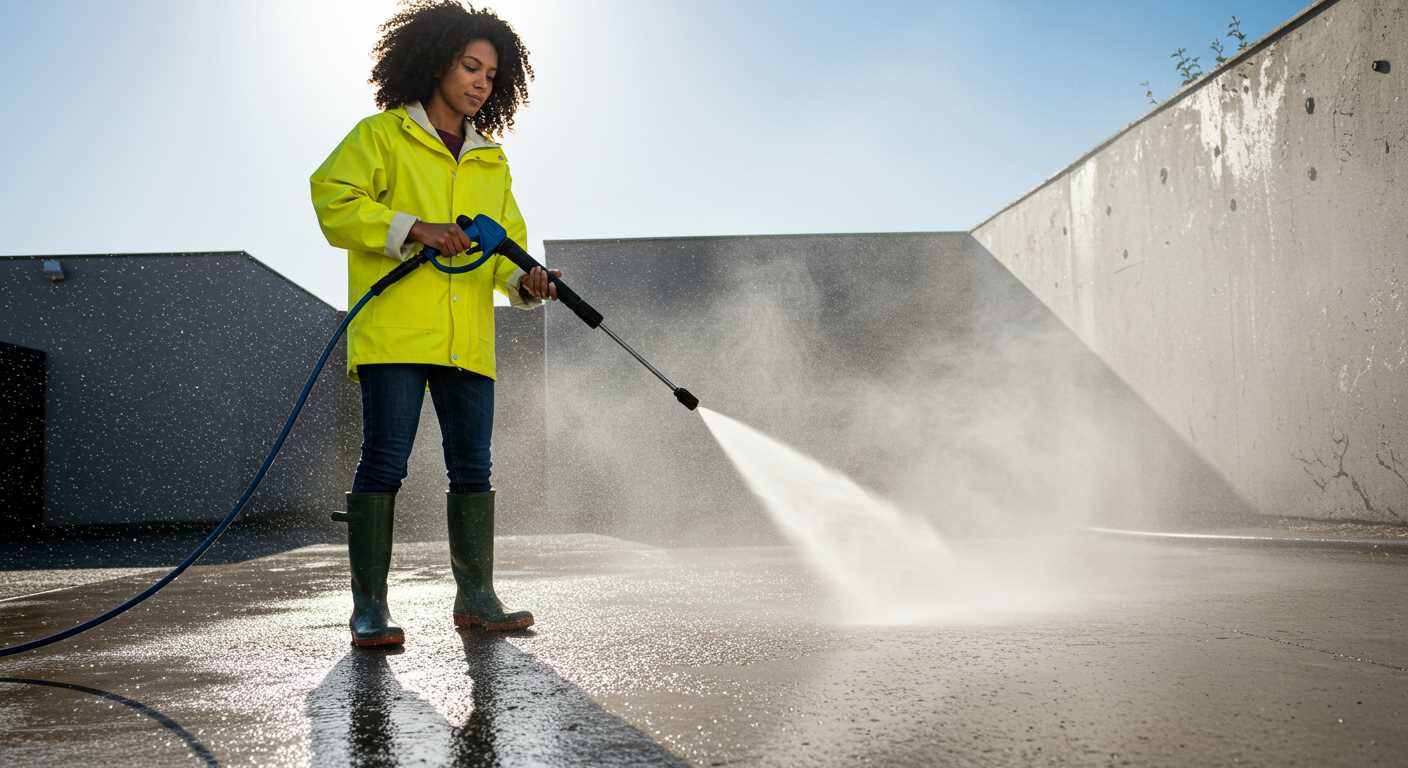
Clear the work area of any obstacles. Move planters, furniture, or children’s toys away from the vicinity of the eaves to avoid accidents while working. Make sure there’s ample space to set up a ladder securely.
Safety Precautions
- Wear sturdy footwear with good grip to prevent slips.
- Use gloves to protect hands from sharp debris.
- If working on a ladder, ensure a second person is present to hold the base for stability.
- Consider using a helmet or hard hat to safeguard against falling objects.
Inspect Surroundings
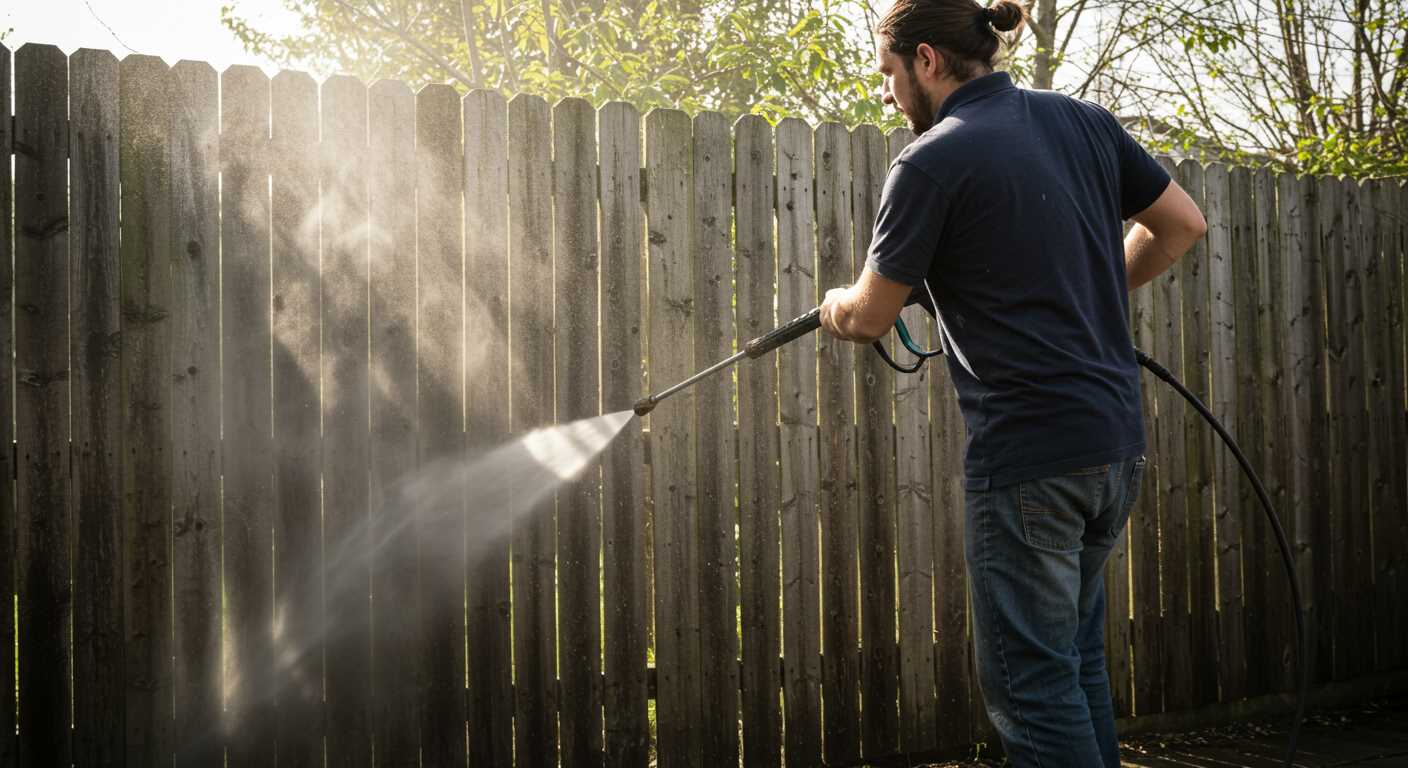
Take a moment to assess the surroundings for power lines, branches, or any overhead hazards that may pose risks during the task. If branches are too low, trimming them beforehand will provide a safer working space.
Check weather conditions, avoiding windy or rainy days. Wet conditions can make surfaces slippery, whereas strong winds can create instability on ladders.
Finally, ensure you have easy access to downspouts and drainage areas. This will facilitate quicker cleaning and prevent potential water pooling during the process.
Safe Ladder Practices for Gutter Access
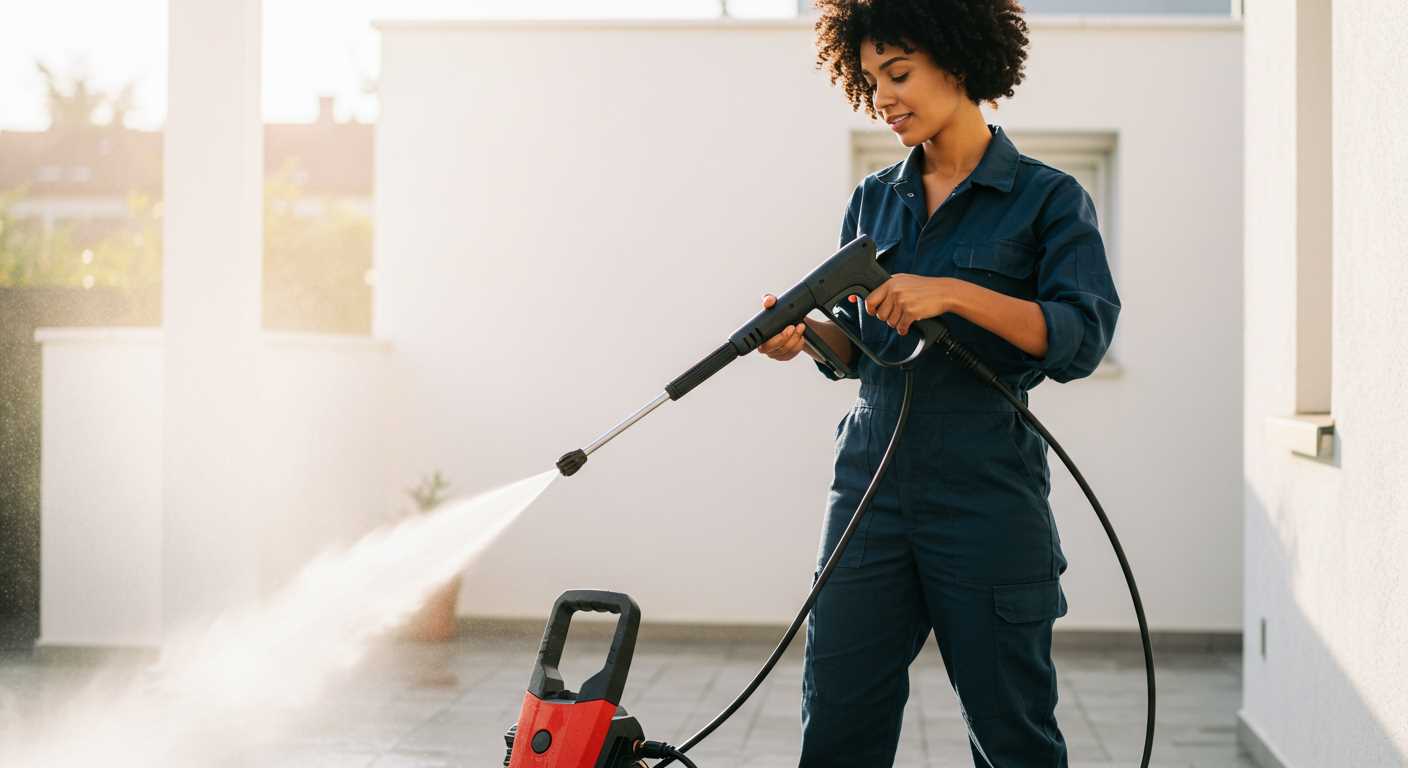
Always maintain three points of contact with the ladder. This means two hands and one foot or two feet and one hand should be in contact at all times. This technique significantly reduces the risk of losing balance. Make sure to climb in a slow and controlled manner, avoiding sudden movements that could destabilise the ladder.
Choosing the Right Ladder
Opt for a sturdy extension type, rated for at least 300 lbs. Ensure it’s tall enough to reach your destination without needing to overreach. If you need to extend above the top rung, secure additional stability by positioning the base away from the wall at a 75-degree angle. Always inspect the ladder for any defects such as cracks or loose components before use.
Ladder Placement and Environment
Position the ladder on a flat, stable surface. If the ground is uneven, use wood shims to level the base. Steer clear of icy or wet areas that could lead to slips. If possible, have a partner hold the base while you ascend to prevent any unexpected movement. If working near electrical wires, ensure you maintain a safe distance to avoid any hazards. Always wear flat, non-slip shoes to enhance grip while climbing.
Manual Techniques for Removing Debris
Utilising a trowel or a scoop is one of the most straightforward methods for clearing out remnants from your drainage system. With these tools, I can easily dislodge muck and leaves that accumulate along the channel. A curved scoop is particularly effective, allowing me to reach deep into tight corners.
Use of a Hose
Though I won’t employ a high-pressure washing method, attaching a regular garden hose can be beneficial. By using a sprayer nozzle, I can create a concentrated stream of water to flush out stubborn clumps or stagnant residue. It’s advisable to work from the farthest end towards the downspout, ensuring that debris flows out easily.
Hand Removal
When using my hands for retrieval, wearing durable gloves is critical. I find that firmly gripping larger objects, such as sticks and clusters, allows for swift removal. If necessary, a bucket can be kept nearby for collecting the debris without constantly climbing down.
| Tool Type | Usage | Advantages |
|---|---|---|
| Trowel/Scoop | Dislodge and scoop | Easily reaches tight spots |
| Garden Hose | Flush out remains | Effective for stubborn clogs |
| Bucket | Collect debris | Minimises trips down the ladder |
In addition to these techniques, a pole extension with a brush can be helpful for getting to hard-to-reach areas, especially in elevated portions. This method prevents the need for excessive ladder use, making the process safer and more efficient.
Using a Garden Hose for Gutter Flushing
Attach a spray nozzle to your garden hose for optimal control. Select a high-pressure setting to maximise water force, allowing it to effectively dislodge built-up debris. Ensure the hose is long enough to reach the furthest points of your eaves without needing to reposition continually.
Before using the hose, clear any larger obstructions manually, such as leaves and twigs. This will prevent clogs and ensure a smooth flow. Once prepared, direct the nozzle into the downspouts, starting from the topmost sections, and work your way down. This method rinses away dirt and grime efficiently.
Consider using a hose attachment specifically designed for cleaning, such as a gutter cleaning wand. These wands can extend the reach of your hose and often come with adjustable nozzles to customise the water pressure. Position the wand at a downward angle for effective flushing.
If you encounter stubborn blockages, alternate between the hose and a plumber’s snake to break them apart. After releasing the blockage, switch back to the hose to remove any remaining debris. This combination is particularly effective in maintaining water flow through the drainage system.
Be mindful of the water flow and monitor your surroundings to avoid flooding. It’s best to conduct this task on a dry day to minimise oversaturation and take advantage of clear visibility. After you finish, inspect the areas thoroughly to ensure everything is functioning as needed.
Applying a Gutter Cleaning Solution for Stubborn Stains
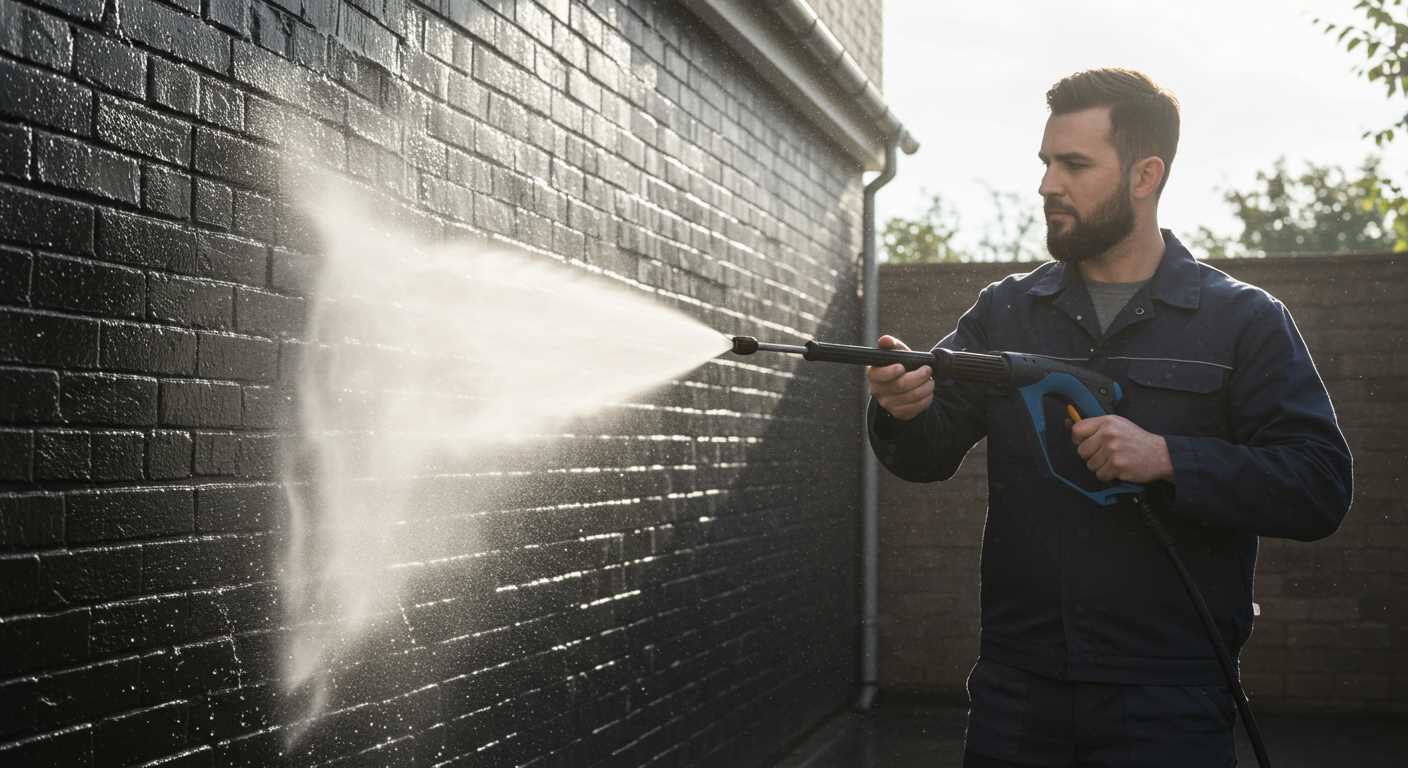
For stubborn marks and deposits, a specially formulated solution proves invaluable. I recommend selecting a biodegradable, non-toxic cleaner designed for exterior surfaces, ensuring it’s safe for the environment.
Begin by diluting the solution per the manufacturer’s instructions. Using a bucket, mix the appropriate amount of water with the cleaner. A common ratio is typically 1:4, but check your product for specifics.
Equip yourself with a spray bottle for application or use a sponge for targeted areas. When applying the solution, focus particularly on heavily stained spots. Allow the solution to sit for at least 10-15 minutes; this wait allows it to penetrate and break down the stains effectively.
After the waiting period, take a soft-bristle brush or a scrubbing pad to agitate the affected areas gently. This action helps lift the grime while preserving the surface integrity. Rinse thoroughly with clean water using a standard garden hose fitted with a spray nozzle.
If stains remain, repeat the application process, as persistent marks may require multiple treatments. Always test the solution on a small section first to ensure compatibility with the surface. This approach guarantees optimal results while safeguarding your exterior finishes.
Regular Maintenance Tips to Prevent Clogs
Inspect the roof frequently for debris accumulation such as leaves or twigs. Removing these residues as they appear can significantly reduce blockages. I recommend conducting checks every month, especially during autumn.
Install mesh screens or gutter guards to act as a barrier against larger debris while allowing water to flow freely. These additions can greatly decrease the amount of manual removal needed and extend the time between cleanings.
Ensure that downspouts are clear. Use a flexible wire or plumbing snake to remove any obstructions that could hinder drainage. Test the flow by pouring water from a bucket to confirm efficient movement.
Seasonal Check-Ups
Perform detailed inspections at the start of each season. Pay particular attention after heavy rainfall or storms, as these events often displace debris that can cause future clogging.
Consider the surrounding trees; trim branches if necessary to limit how much debris can fall into the system. A well-maintained yard not only looks good but also lessens the frequency of necessary cleaning.
Utilising Simple Tools
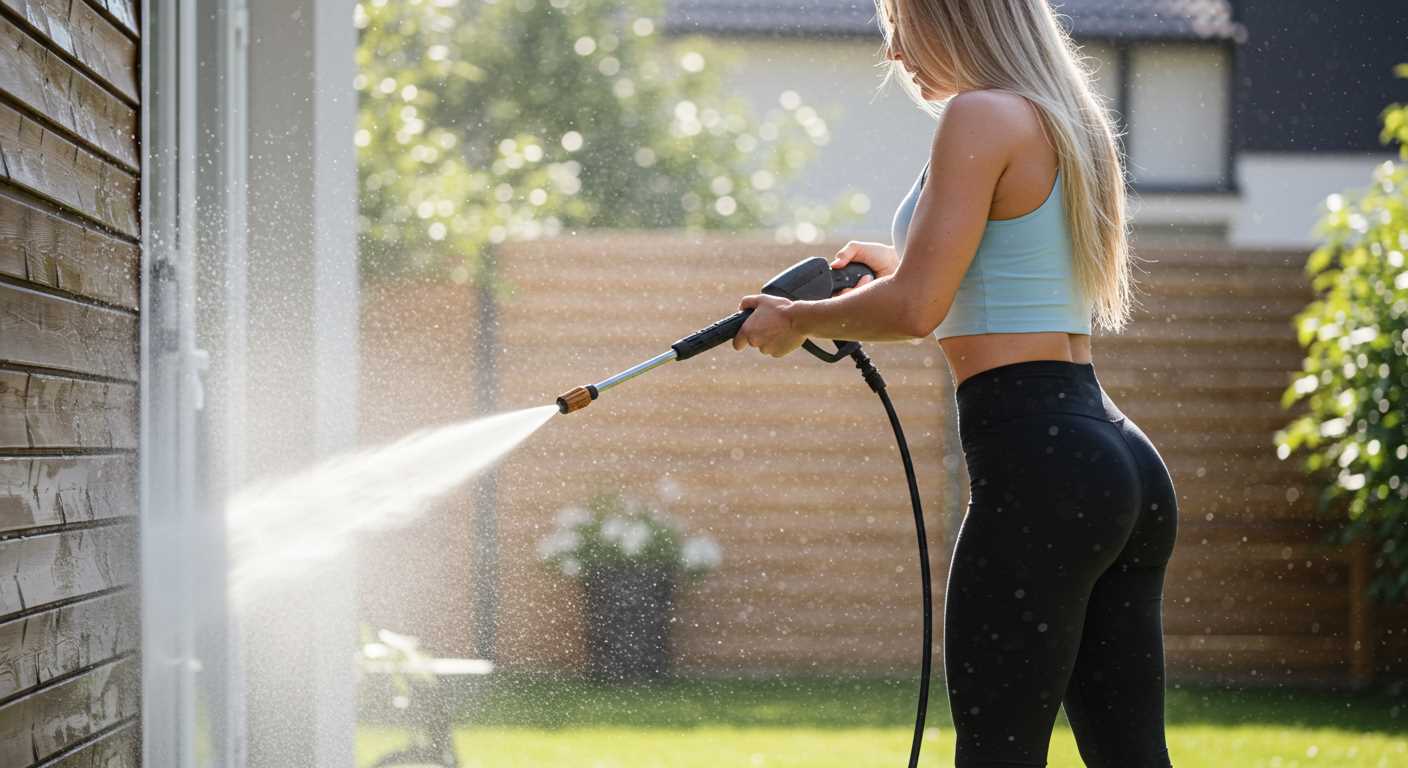
Keep a small rake or scooping tool handy for quick clean-ups. A handheld trowel can also be invaluable for reaching into narrow spaces. Regular maintenance with the right tools saves time and effort later.
Schedule a routine that suits your lifestyle, making upkeep a manageable task instead of a burdensome chore. Establishing these practices will ultimately maintain the efficiency of your drainage system.
FAQ:
What are some manual methods to clean gutters without a pressure washer?
There are several effective methods to clean gutters manually. One popular approach is to use a ladder and a scoop or trowel to remove debris by hand. Make sure to place the ladder on a stable surface and have someone hold it for safety. You can also use a garden hose with a nozzle to flush out remaining dirt and gravel after removing larger clumps. If you have a lot of buildup, consider using a plumber’s snake to dislodge any stubborn clogs in the downspouts. Finally, wearing gloves can help avoid direct contact with any unpleasant materials while cleaning.
How can I ensure safety while cleaning my gutters without a pressure washer?
Safety is a major concern when cleaning gutters. First and foremost, use a sturdy, reliable ladder and check that it is positioned on a level surface. It’s advisable to have someone nearby to help steady the ladder or assist you if needed. Wear non-slip shoes and consider using safety goggles to protect your eyes from debris. If you’re working on a multi-storey building, look into using a harness for added security. Lastly, avoid cleaning gutters during wet weather, as slippery conditions can greatly increase the risk of accidents.









